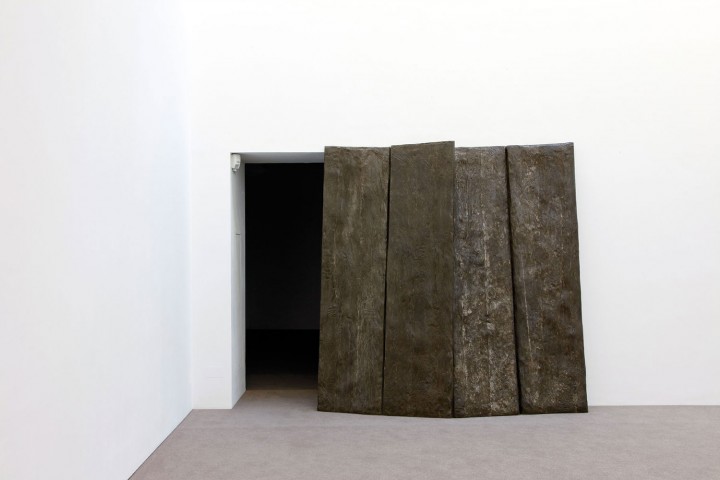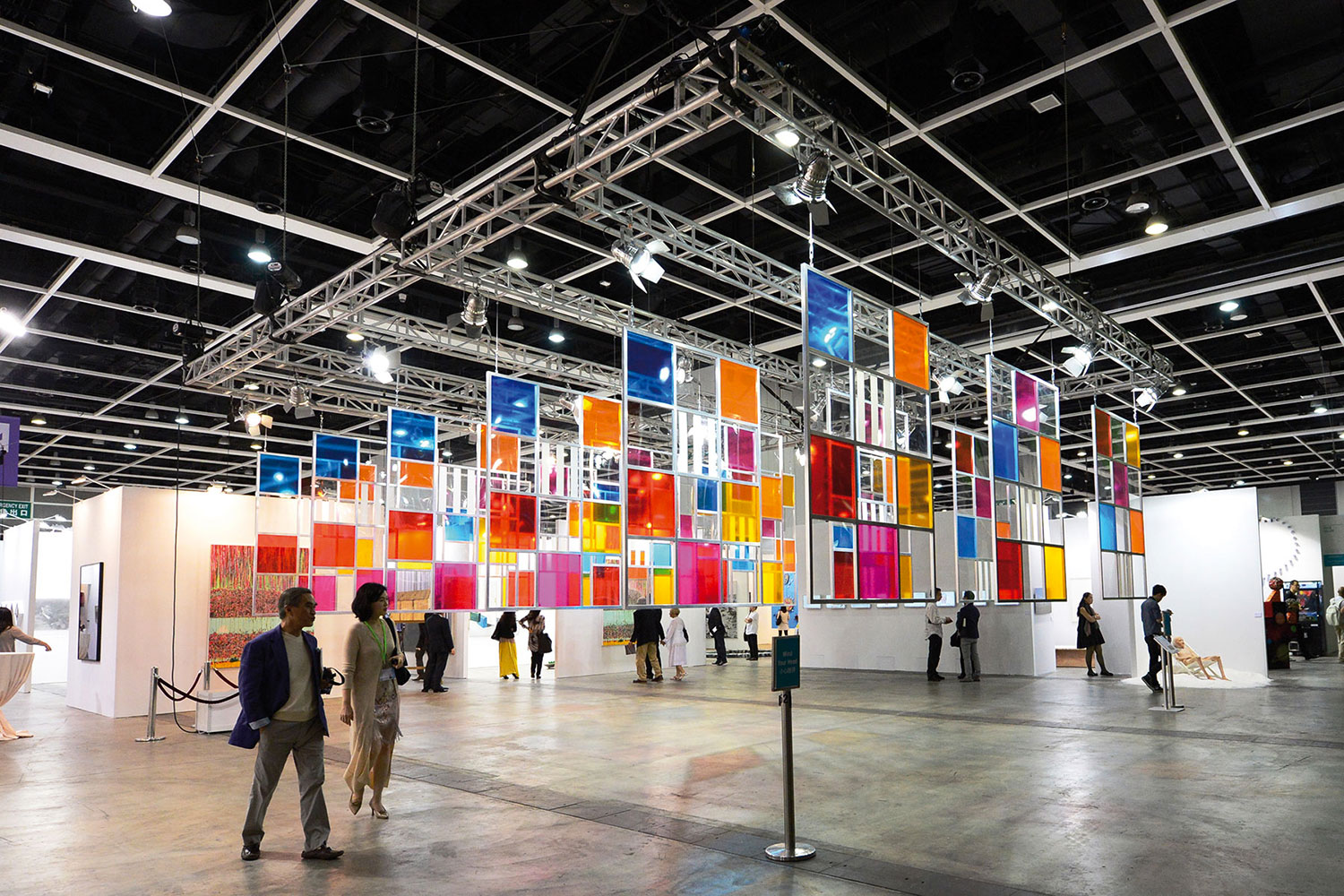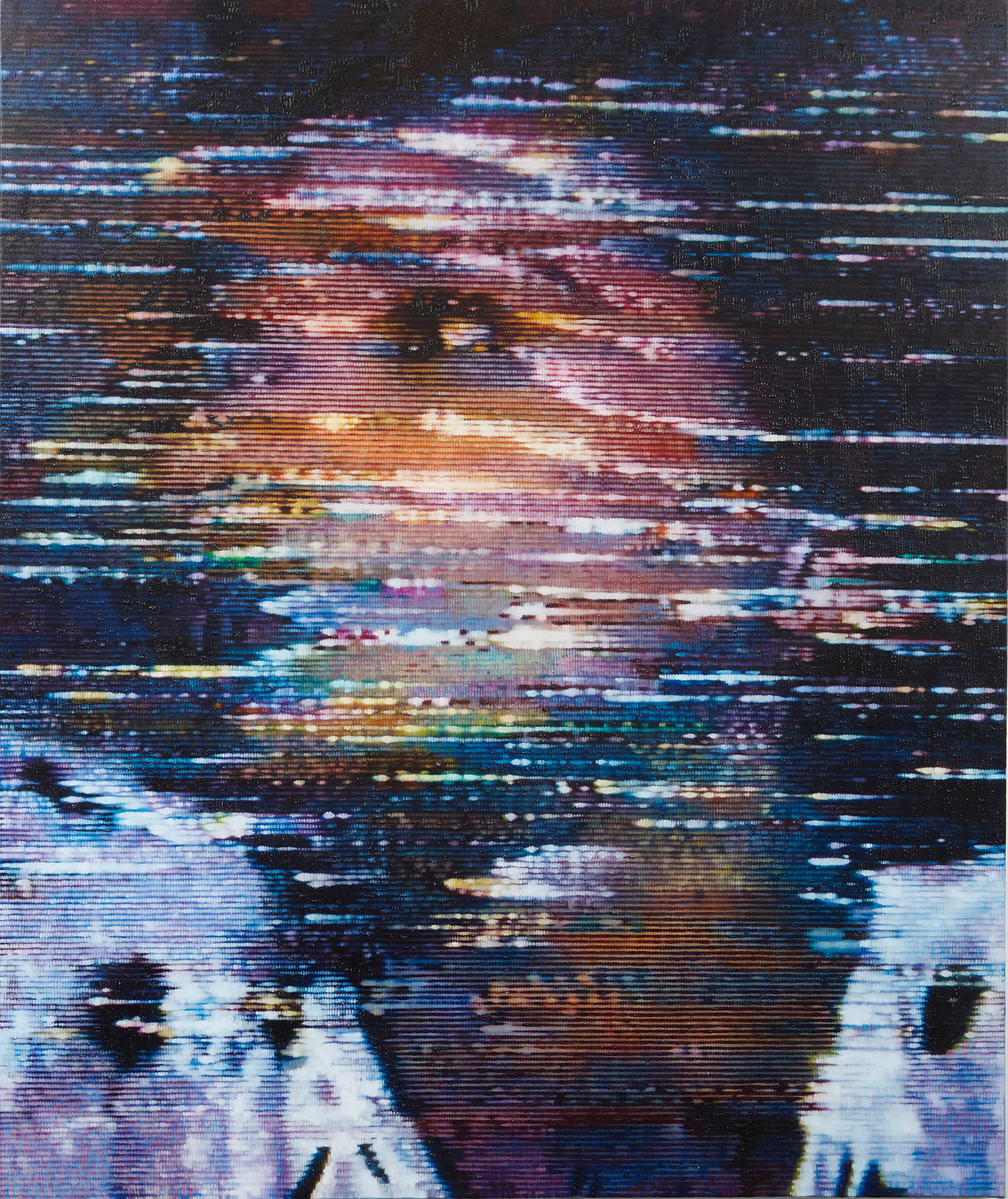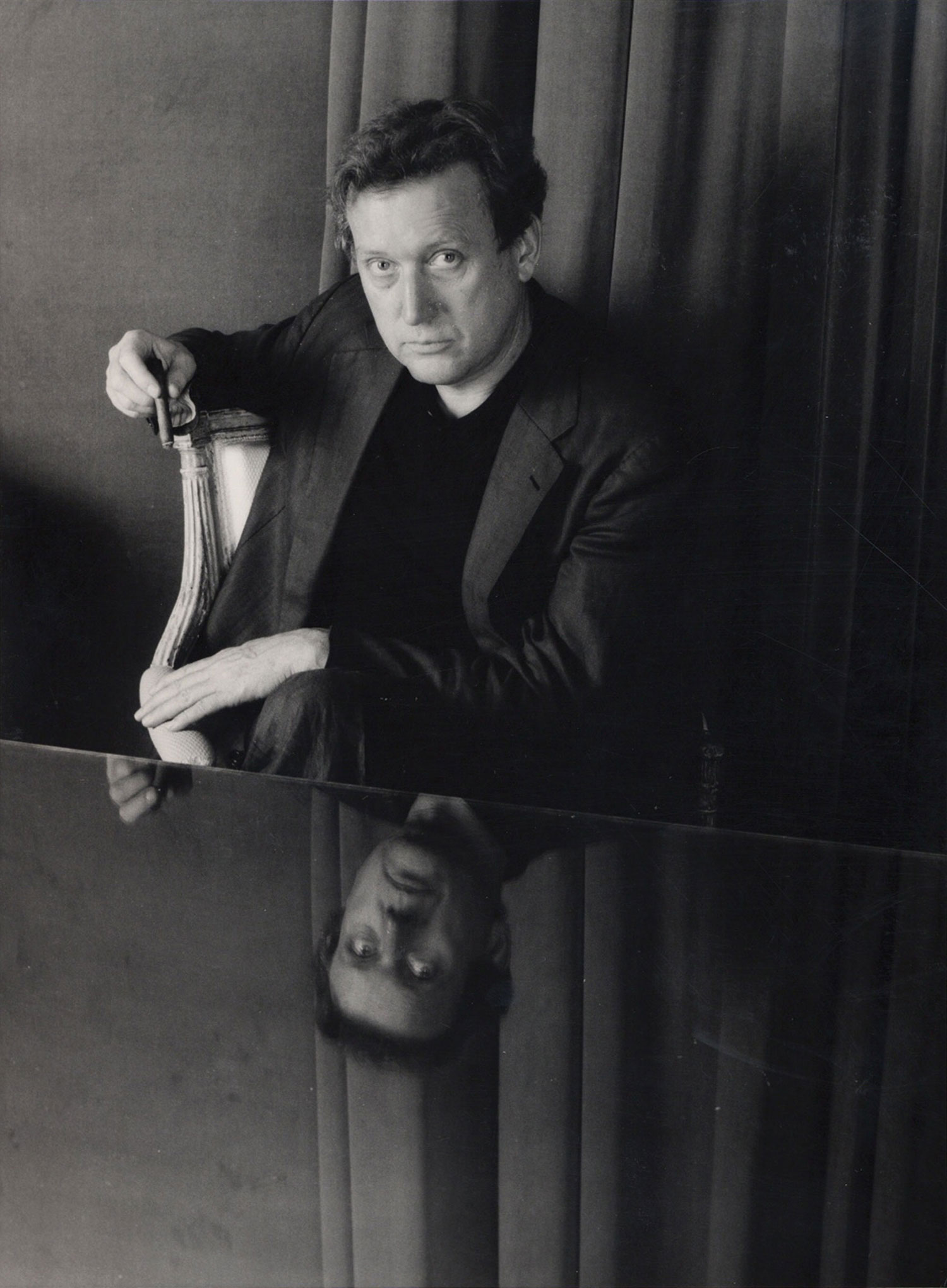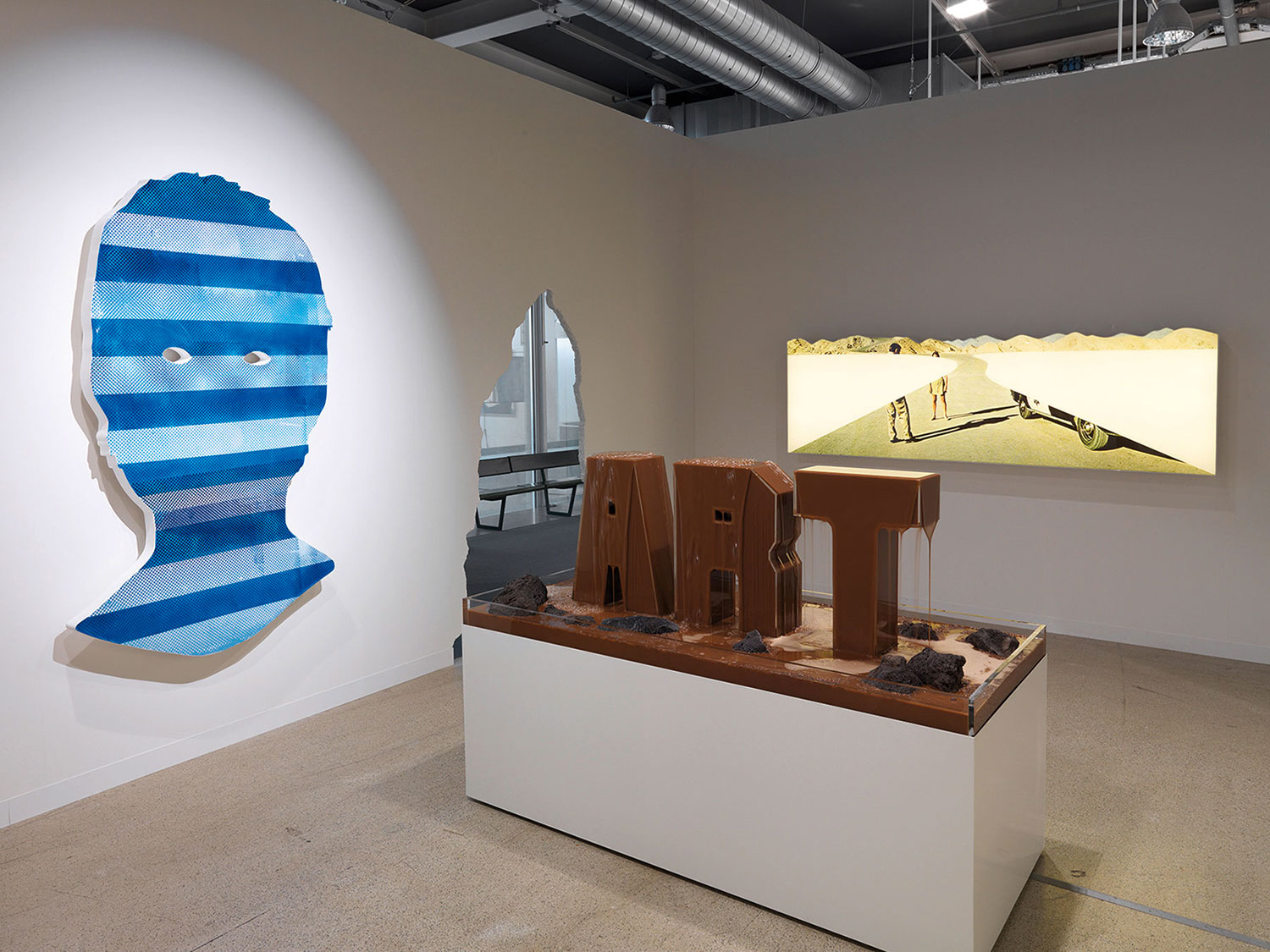
Donatien Grau: This idea of the body of the text is really important in your work…
Michael Dean: All my work takes words for objects, takes objects for words. You can position a person in relation to a word as you would an object, and you can steal the autonomy that someone has with an object. I learned to read and write in the absence of literature. Whereas what I’ve experienced as an artist is the feeling of being able to author.
DG: How do these words interact with each other in order to build a language?
MD: The sculptural sense of producing objects as singular units is important. But if people look at all the words I have used, they might think that there is some sort of syntactical activity that produces another poem out of it. But this poem will not be written by myself. They are units of speech that still have to be activated. In terms of the dialogues that I perform in readings, these are trying to demonstrate at least one movement of the meaning that gave origin to the work of art. At the same time as trying to demonstrate that one person is controlling a hold over writing, I want also to open the writing up to certain tumors of interpretation, certain diseases that spread on being read. In my writing, what you’re seeing is a dictionary literature, words taken from a dictionary, displaying a searching order, an archetypal personal sequence which simultaneously keeps words at the level of language. In that moment, they are together, and not in the sense of some strange masturbatory abstract sense. There is a monstrously accurate articulation going on, which in itself produces an abstraction.
DG: There is a lot of violence in your work.
MD: It’s not necessary the content of the text, but its delivery. I want to deliver the physicality of that text in a way that will make you instinctively try to protect yourself because you feel threatened — and yet it is another body of the text.
DG: It also relates to the idea of transformation.
MD: Of course, in the sense that the works exist outside of a basic system of interpretation and legibility. It is writing into a material physical form. It’s a sense of intensity and attraction that relates to the transformative power of seeing. When I see something in the naturally formed world, it has yet to be authored, and all responsibility for the beauty that I find in this object is mine. But if this can happen with an object of human manufacture, moreover an object that has this kind of humanic reiteration of the world at large, I am looking at the world writ large by one facilitating author. That’s when a work starts to work for me. I can have my intimacy, and people can have theirs. It relates to transformation and being activated, one passion being transformed into another, facilitating another. An experience of art that is symmetrical to the experience that gave origin to it.

